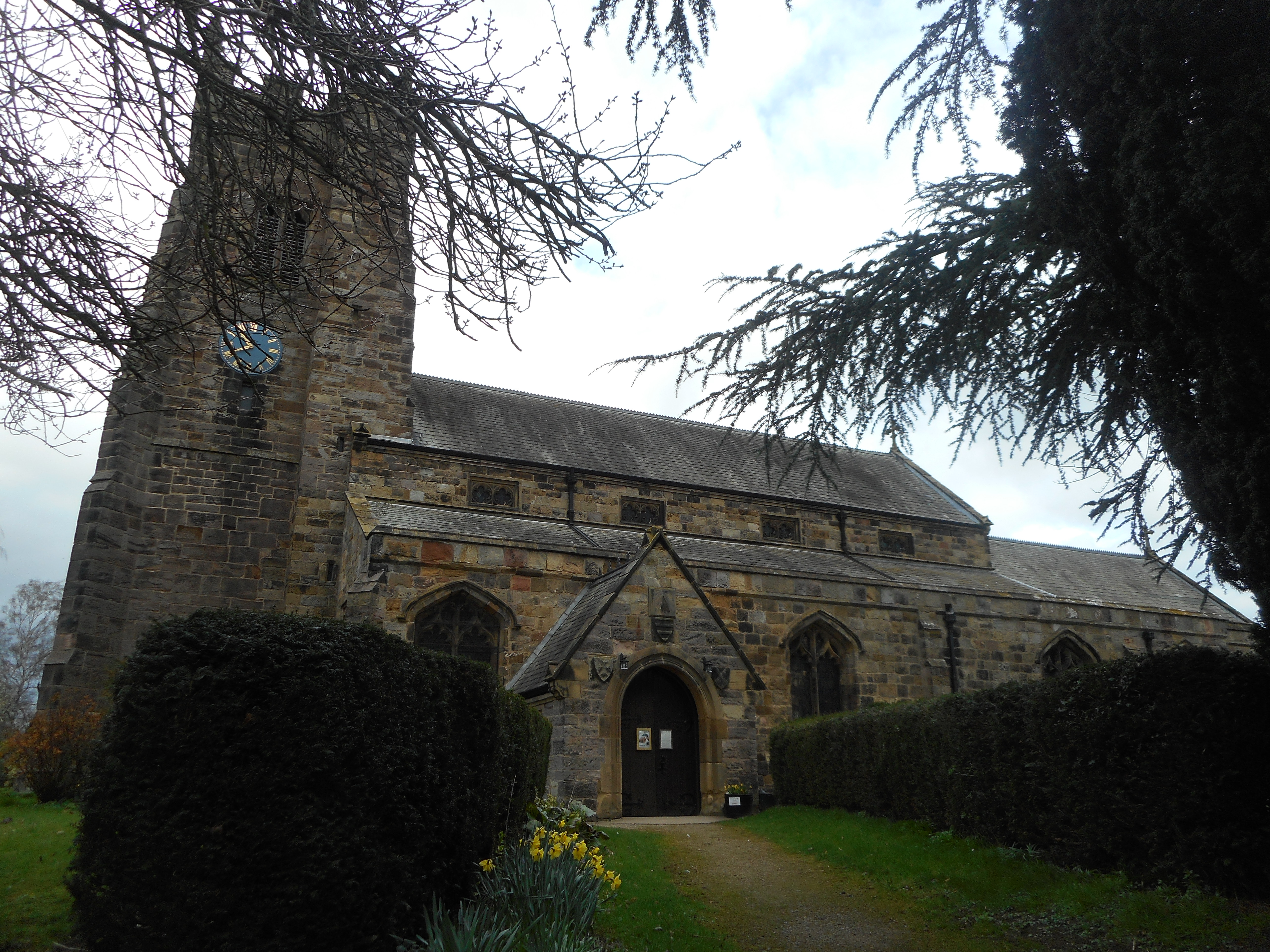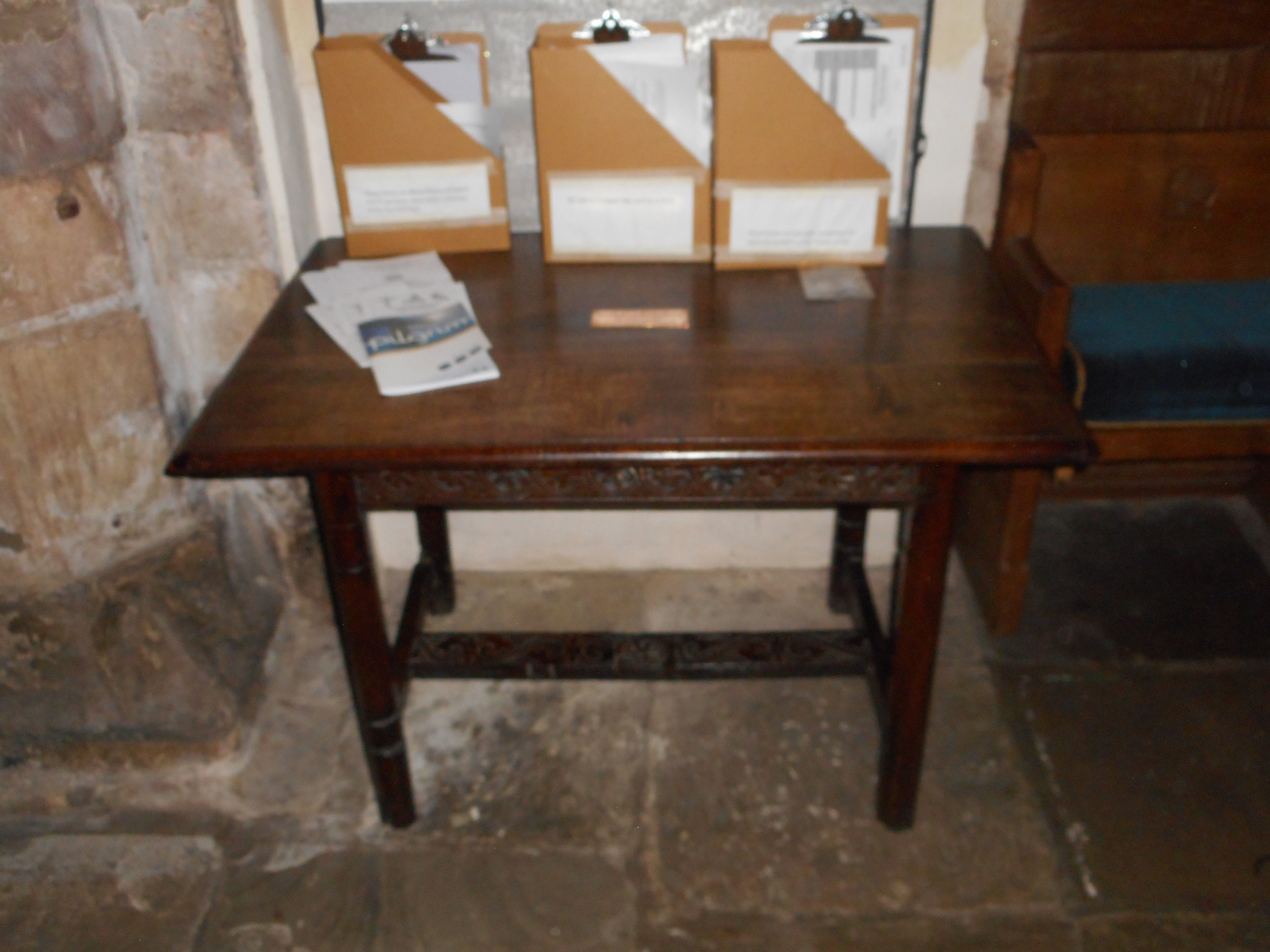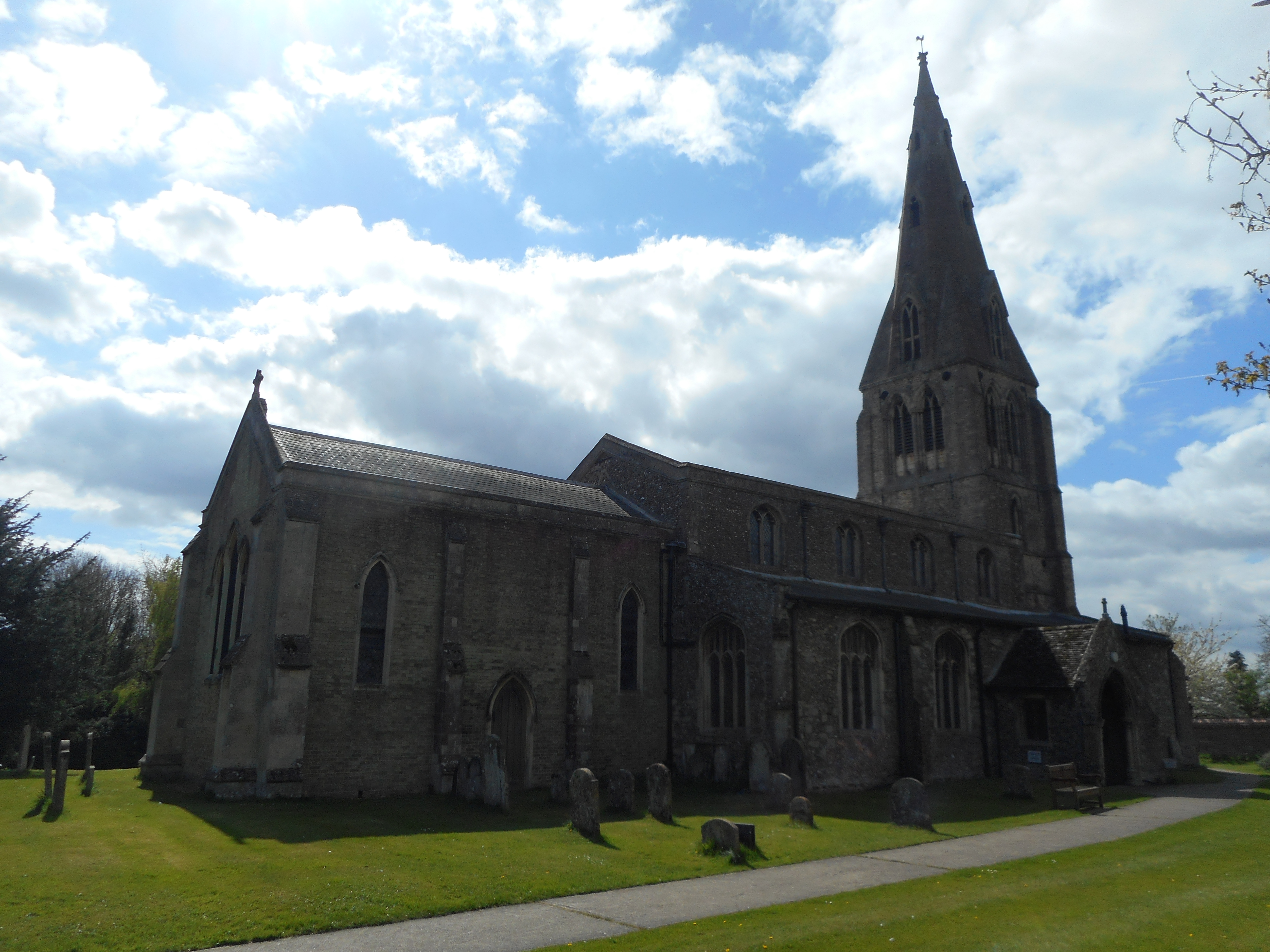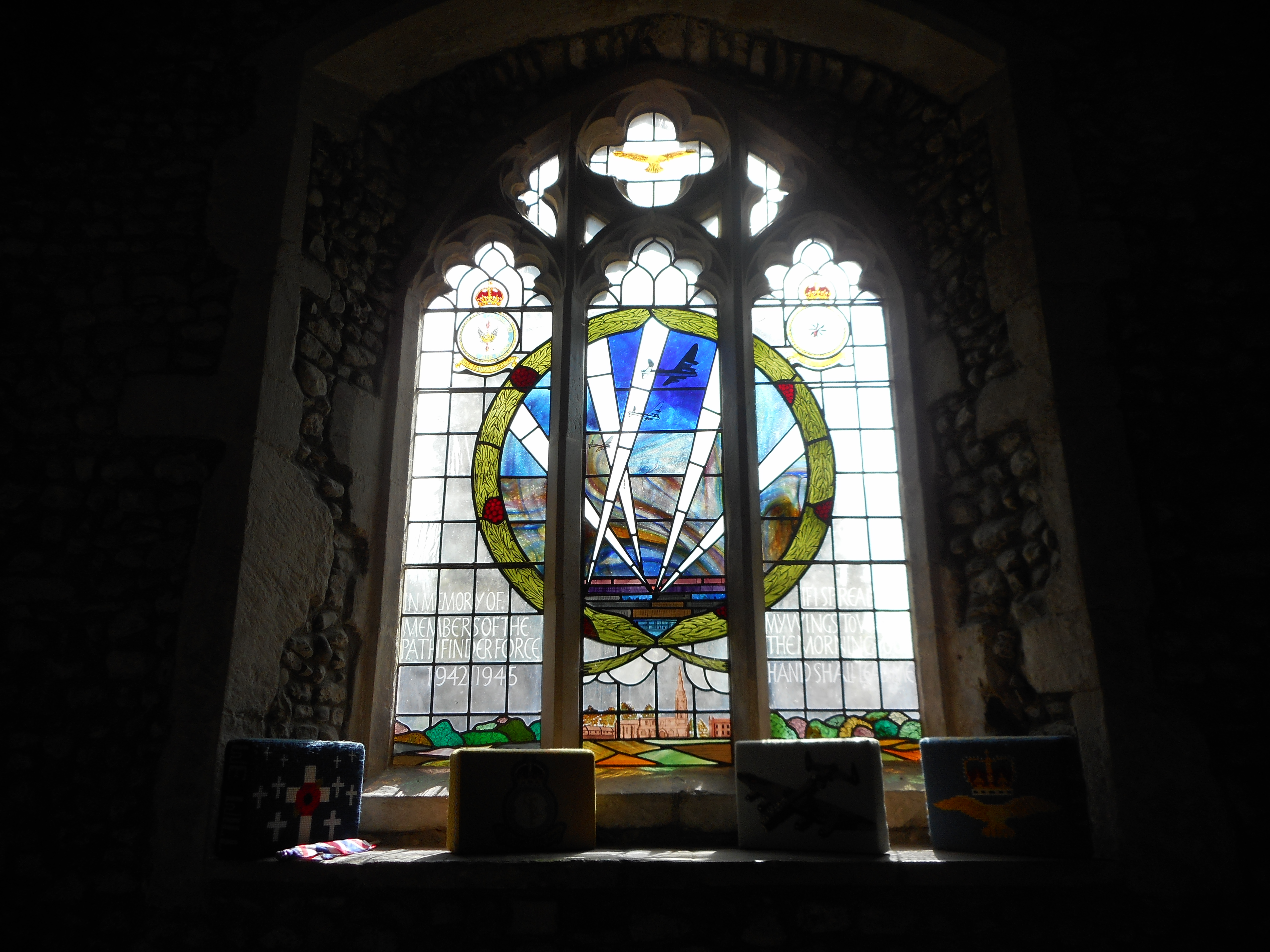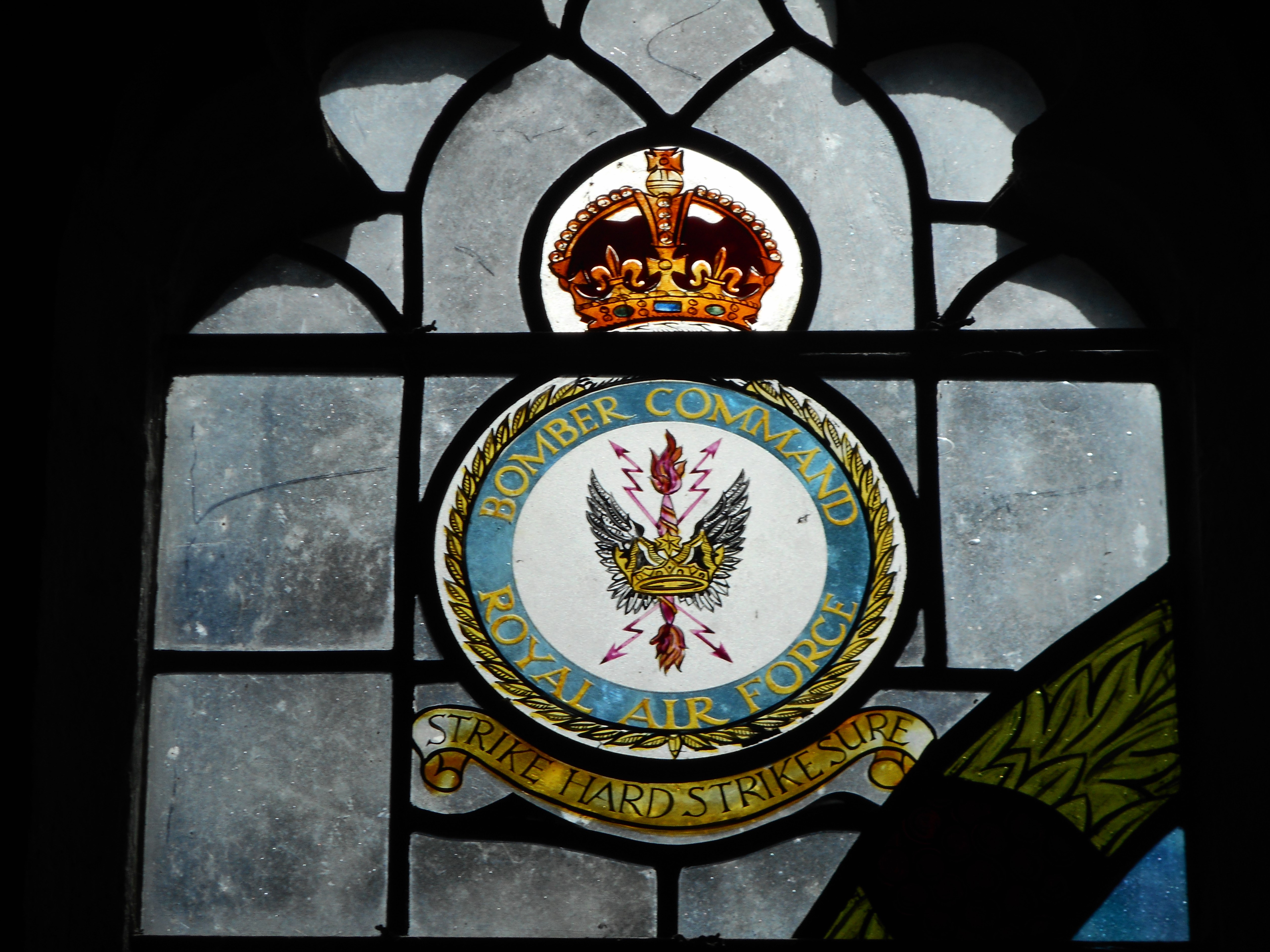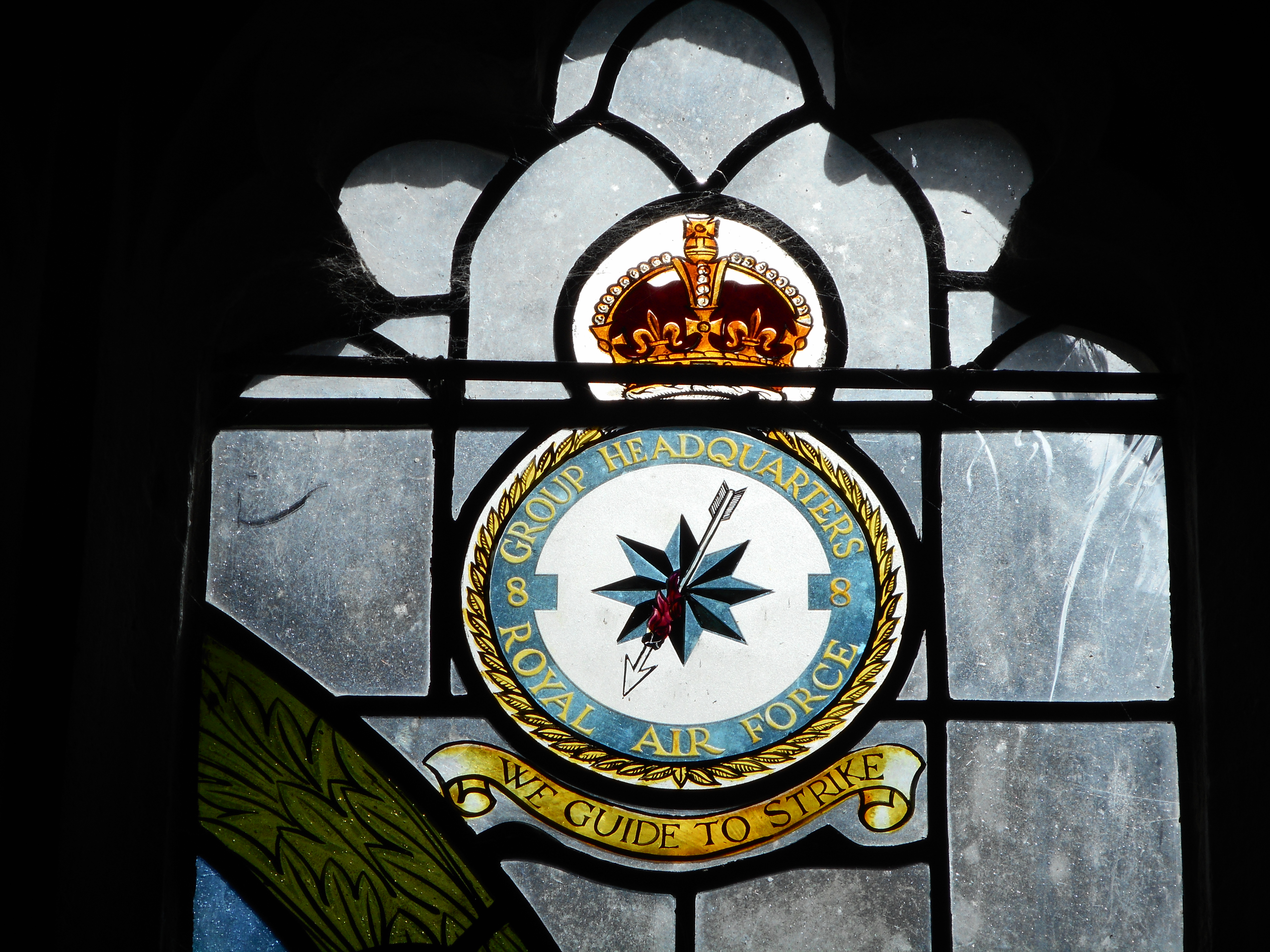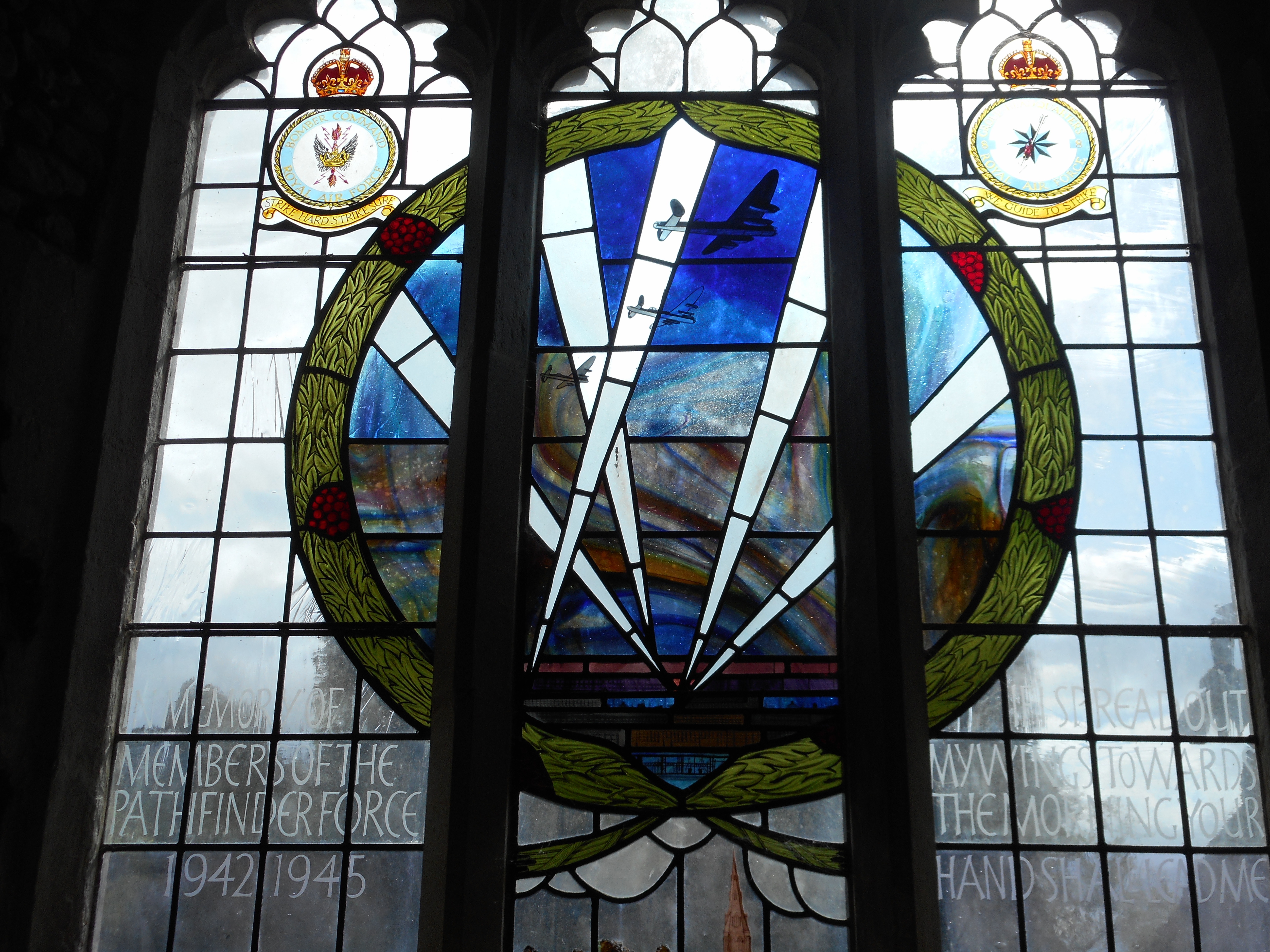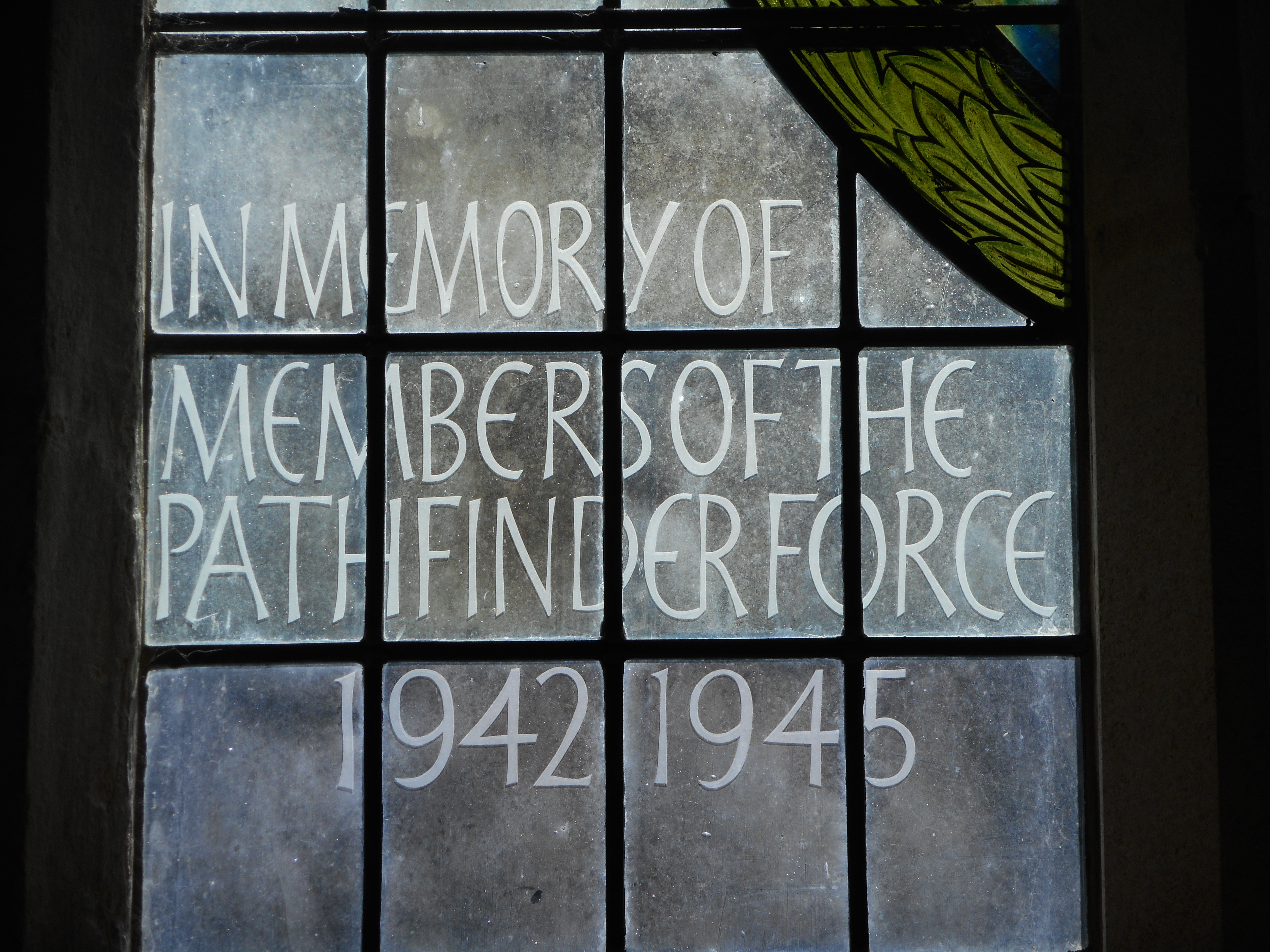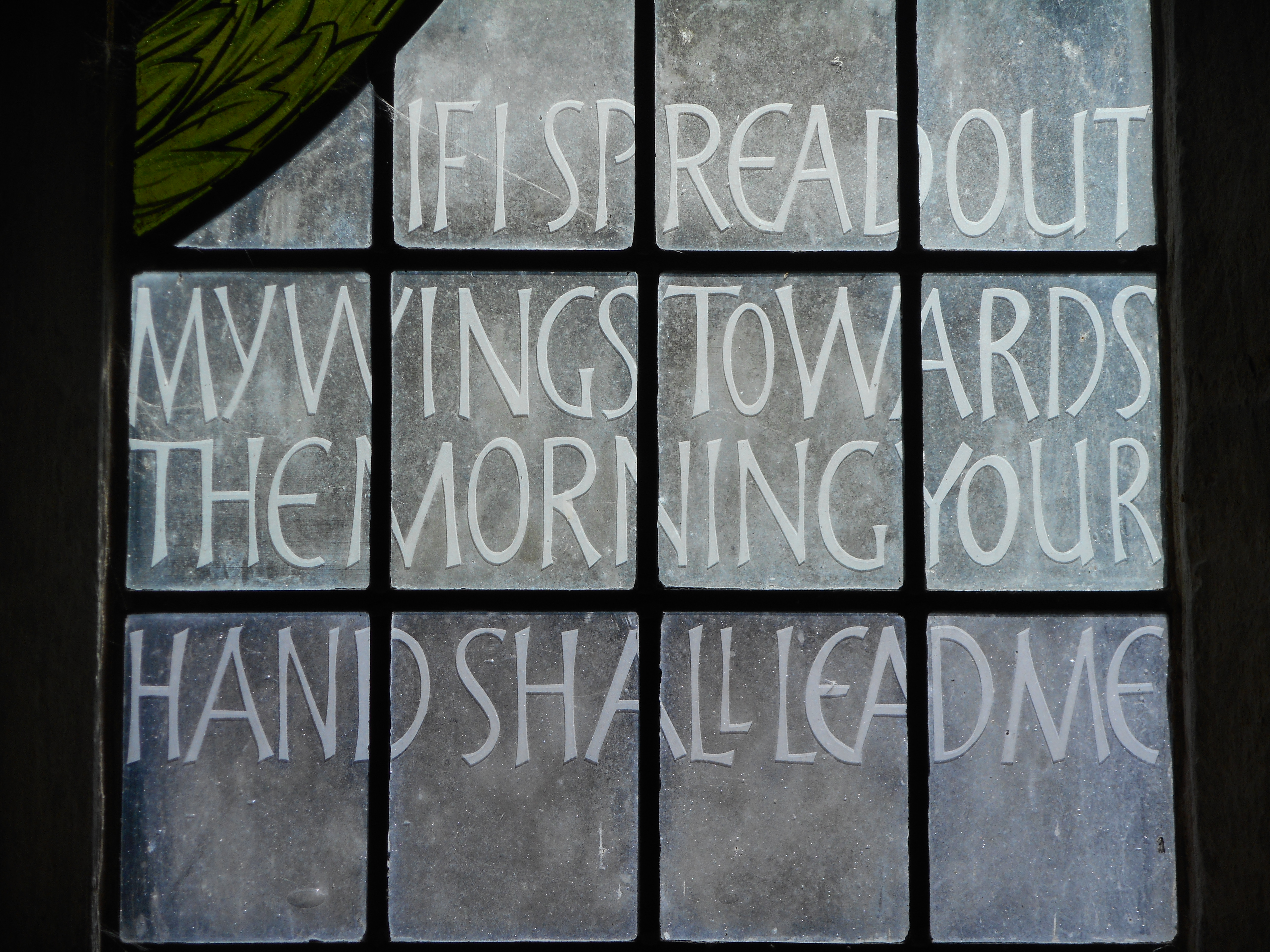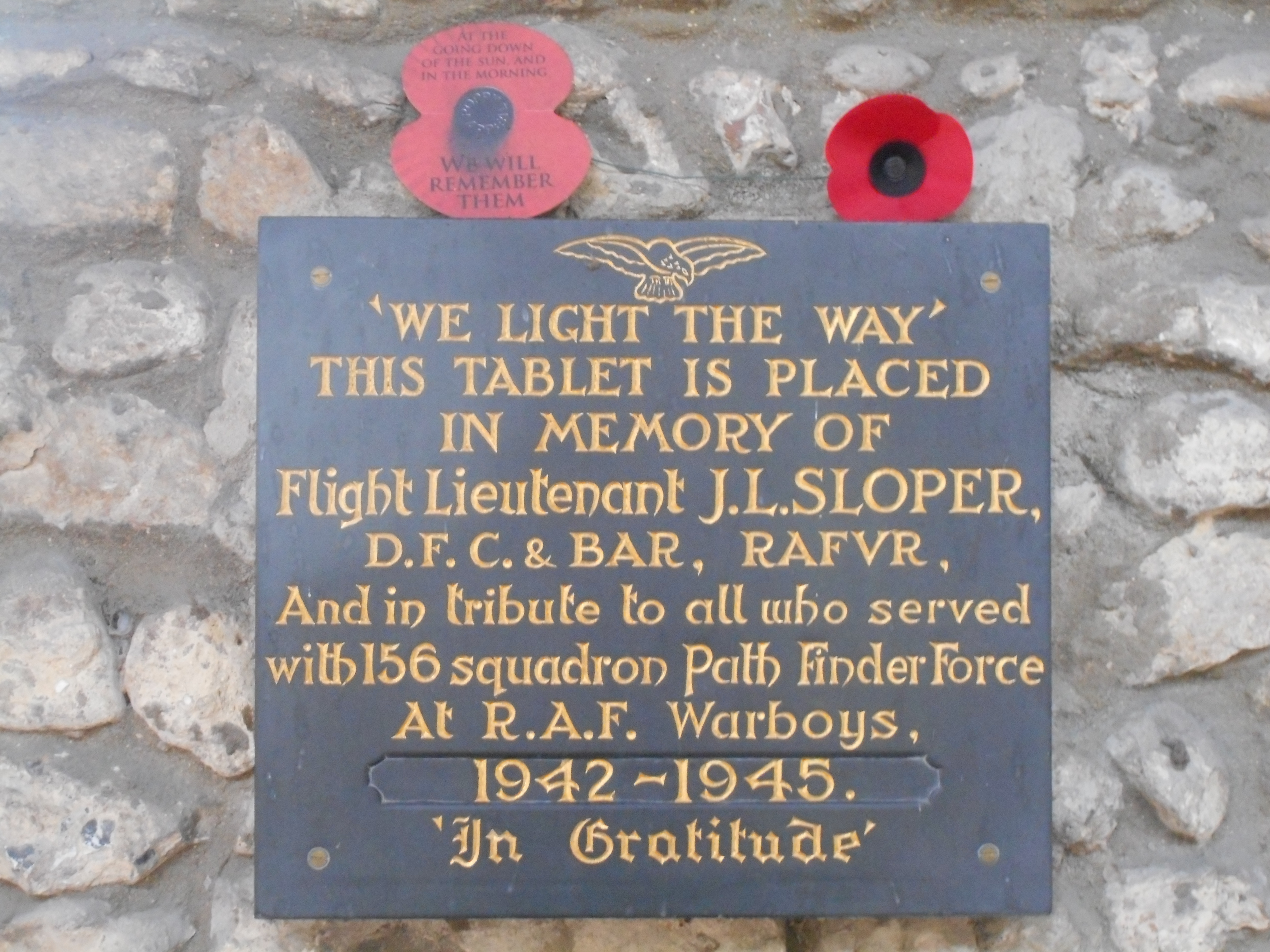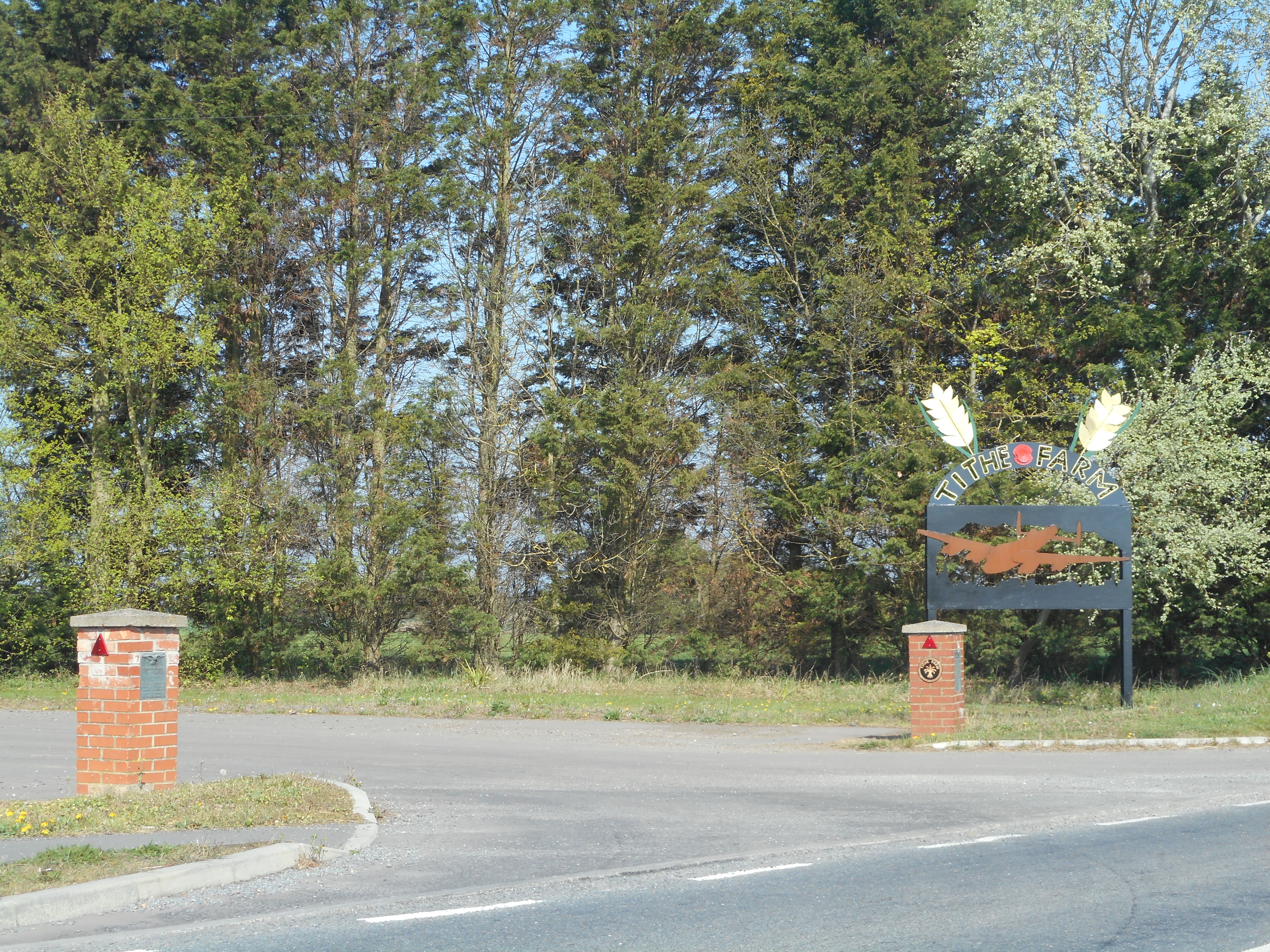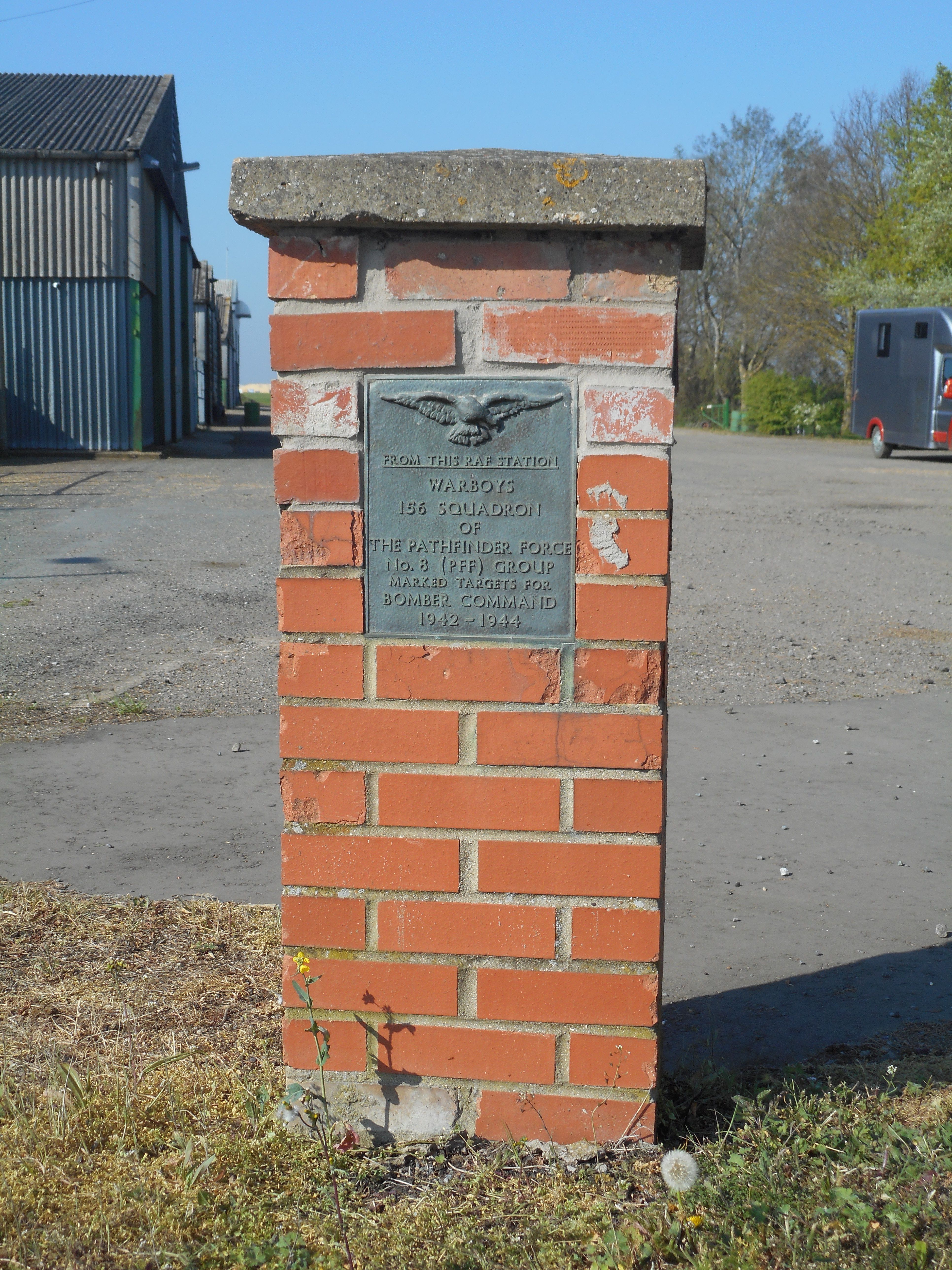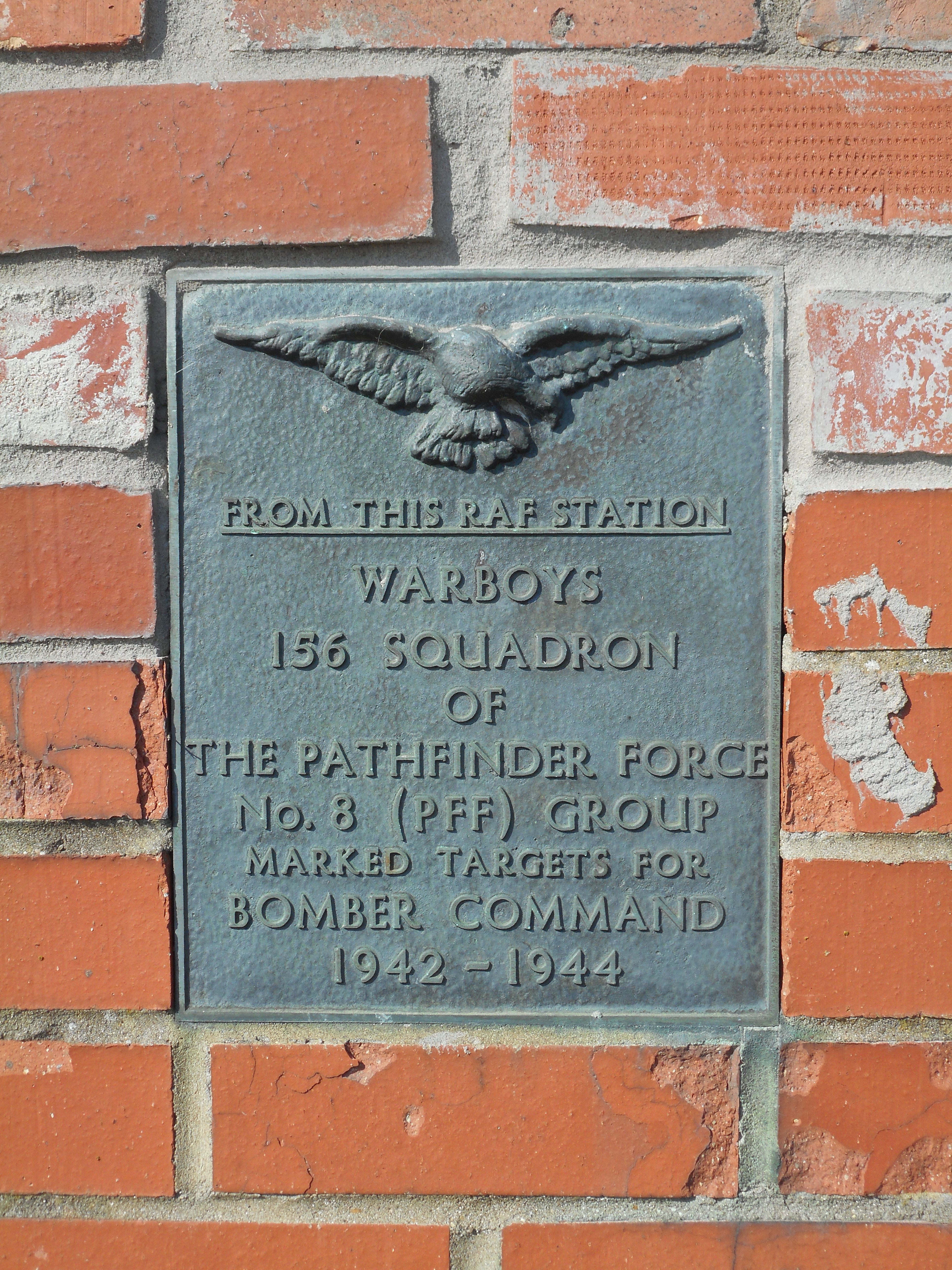Woodsend, Hugh William
Personal Information
| Rank | F/O |
| Forename(s) | Hugh William |
| Surname | Woodsend |
| Gender | M |
| Age | 20 |
| Date of Death | 27-07-1943 |
| Next of Kin | Son of Robert Noel and Griselda Sarah Woodsend, of Catterick, Yorkshire. |
Aircraft Information
| Aircraft | Avro Lancaster III |
| Serial Number | JA709 |
| Markings | GT- |
Memorial Information
| Burial/Memorial Country | Germany |
| Burial/Memorial Place | Hamburg Cemetery |
| Grave Reference | Coll. grave 4A. H. 1-7. |
| Epitaph | WENT THE DAY WELL? WE NEVER KNEW BUT WELL OR ILL, FREEDOM, WE DIED FOR YOU |
IBCC Memorial Information
| Phase | 2 |
| Panel Number | 269 |
Enlistment Information
| Service Number | 129042 |
| Service | Royal Air Force Volunteer Reserve |
| Group | 8 |
| Squadron | 156 |
| Squadron Motto | We light the way |
| Trade | Air Gunner |
| Country of Origin | United Kingdom |
Other Memorials
| Location | St. Annes Church, Catterick, North Yorkshire |
| Country | United Kingdom |
| Memorial Type | Inscribed Brass Plaque on wooden table |
| Memorial Text | In Loving memory of F/O Hugh William Woodsend RAFVR 156 Squadron RAF, Born Catterick 1922, Killed in action over Hamburg on July 27th 1943 |
| Location | St. Mary Magdalene Church, Warboys, Cambridgeshire |
| Country | United Kingdom |
| Memorial Type | Stained Glass Window & Inscribed Slate Tablet |
| Memorial Text | We light the way" This tablet is placed in memory of Flight Lieutenant JL Sloper DFC and Bar, RAFVR. And in tribute to all who served with 156 Squadron Path Finders Force at RAF Warboys, 1942-1945, In gratitude. |
| Location | Tithe Farm, Warboys, Cambridgeshire |
| Country | United Kingdom |
| Memorial Type | Brick Pillars and inscribed Metal Plaques |
| Memorial Text | From this RAF Station Warboys 156 squadrons No 8 (PFF) group, marked targets for Bomber Command 1942-1944 |
Commonwealth War Graves Commission
The National Archives
| Record of Events (Operational Record Book) AIR 27/1041/36 |
| Summary of Events (Operational Record Book) AIR 27/1041/35 |
Fellow Servicemen
Please note that this list gives all the losses aboard the quoted aircraft and occasionally these may have occurred on an earlier date when the aircraft was not itself lost. Please check the dates of death carefully.
Last Operation Information
| Start Date | 27-07-1943 |
| End Date | 28-07-1943 |
| Takeoff Station | Warboys |
| Day/Night Raid | Night (15% moon) |
| Operation | Hamburg. 787 aircraft, 17 losses (2.2%). For the second consecutive raid, Brig. Gen. Anderson, the commander of the American 8th Air Force, flew as an observer on this operation. PFF used H2S to mark the target but were approximately 3km east of the centre of the city but was at least concentrated, leading to concentrated bombing with little creepback. This raid caused a firestorm resulting from very high summer temperatures and low humidity following a particularly dry spell. Most of the fire crews were in the west of the city following the raid of three nights earlier and few could make the journey to the new fires due to rubble blocking roads. The fires quickly joined into one mass of fire, drawing so much oxygen into the area that it caused storm-force winds. The fire raged for over three hours after the raid and only subsided when all combustible material was consumed. Approximately 40000 civilian deaths mostly from asphyxiation resulting from lack of oxygen. The raid led to an exodus of over 1.2 million people fearing another raid. |
| Reason for Loss | Shot down by a night-fighter and crashed off Vollerwick, Germany |
